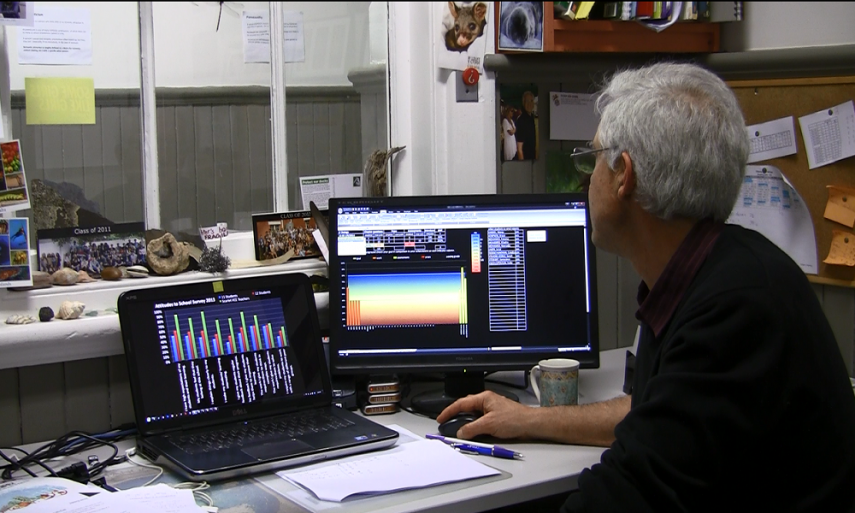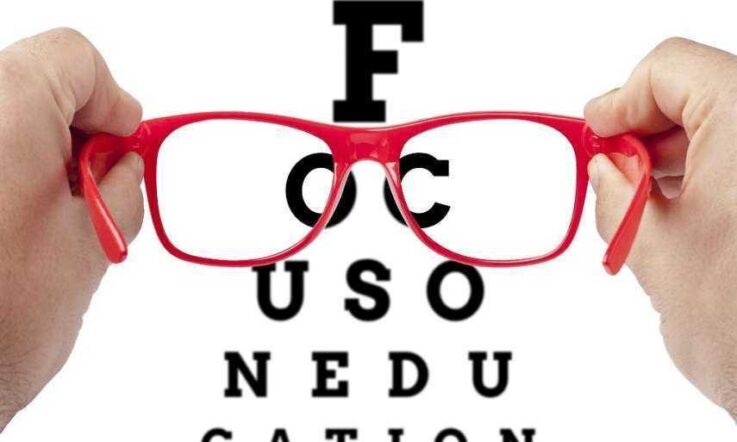Research shows it’s important for educators to know exactly where students are in their learning, but systems for collecting, managing and using the plethora of data vary from school to school.
Peter Bennet is Data Manager at Fitzroy High School in Melbourne. Explaining the thinking behind the decision to appoint a data specialist, Principal Pauline Rice says having a staff member ‘as talented as Peter in this area seemed like an opportunity [that was] too good to waste’.
Rice adds the school aims to personalise student learning, which means staff need to be able to analyse data and have it in a ‘usable’ form.
‘Peter has this expertise and he uses data in his own class, so it makes it even more relevant to teachers. He also constructs incredibly useful data sets for me and the leadership team.
‘We are also lucky enough to have another teacher who has taken up the challenge to delve into mathematics achievement in the junior levels so that we can really personalise learning in that area.
‘From the data sets, teachers can start to pinpoint where students are up to in their learning – what can they do, what can they sometimes do and what can’t they do. We can then tailor-make the learning to build on students’ skills, knowledge and understanding.’
Rice says the main challenge is ensuring all staff members have the skills to use the data, but teachers receive support in this area and also coach and inspire each other.
What about the drawbacks? ‘I don’t see any drawbacks as the result is improving student achievement and engagement – what’s not to like?’
Bennet teaches one session per day and has responsibility for ongoing whole school tasks such as daily organisation, timetabling and running the reporting system.
The rest of his role, he explains, has two parts. 'One is providing the tools [for teachers], and the other is getting people to use them and asking “What would actually be useful to you in class?" '
Bennet has built a series of tools to allow staff to have access to a range of student data – including assessment, wellbeing and attendance. 'The biggest thing to start with was people were saying, “We've got all the NAPLAN and VELS and things but it's actually very difficult to use” so I built a whole series of spreadsheet tools and gave them access.
‘Then I've built in the analysis and [linked that] to school goals, and as soon as you put the data in, that all shows up.’
Bennet says one aspect of his role is about making people feel comfortable with the tools. ‘At this stage, most of the teachers in the school would be fairly comfortable with using a spreadsheet to look up how a child is going in a particular area, or look at their class.’
He says technology is certainly making it easier to integrate different data collection, analysis and management systems. 'What's changing recently is the rise of the student management systems, and there are several of those. But, really, the key for us was Google ... you can set it up to collect data and then download it in a spreadsheet and then do something with it - so you've got a cycle.
'For example, if you need information from students you can put up a web form, then [the data they give you] goes into a spreadsheet, which you can then use in Excel or something to analyse and produce the next set of data.’
He adds Google Docs is a useful tool because staff can share and update information simultaneously rather than ‘ending up with 17 versions’ and nobody knowing which is which.
What tools are you using to collect student data?
How do you share the information with colleagues, students and parents?
If you're a school leader, how are you supporting staff in this area?



